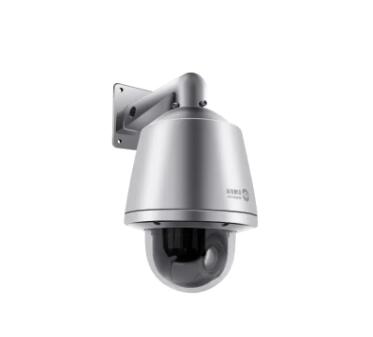The Hidden Eyes: Impact of Surveillance on Marginalized Communities
2024-05-25
In the age of advanced technology and ubiquitous data collection, surveillance has become an integral part of modern society. From security cameras on street corners to sophisticated algorithms monitoring online activities, the presence of surveillance is inescapable. While proponents argue that surveillance enhances security and deters crime, it is crucial to consider its impact on marginalized communities. These groups often face heightened scrutiny and discriminatory practices, exacerbating existing inequalities. This blog explores the multifaceted impact of surveillance on marginalized communities, shedding light on the challenges and potential solutions.
The Nature of Surveillance
Surveillance encompasses various methods of monitoring and data collection, including video cameras, internet tracking, facial recognition, and social media monitoring. Governments, corporations, and law enforcement agencies utilize these tools to maintain public order, protect property, and prevent crime. However, the implementation and focus of surveillance are not always neutral or evenly distributed. Marginalized communities—such as racial minorities, immigrants, the LGBTQ+ community, and the economically disadvantaged—often bear a disproportionate burden of this scrutiny.
Historical Context
The relationship between surveillance and marginalized communities is not a recent phenomenon. Historically, marginalized groups have been subjected to excessive monitoring and control. For instance, during the Civil Rights Movement in the United States, activists were frequently surveilled by government agencies like the FBI. Similarly, immigrant communities have long been targets of surveillance, often framed as threats to national security. This historical context highlights a pattern of using surveillance to maintain social and political control over marginalized populations.
Disproportionate Targeting and Discrimination
One of the most significant impacts of surveillance on marginalized communities is disproportionate targeting and discrimination. Data and reports have consistently shown that surveillance technologies, such as facial recognition, are more likely to misidentify people of color, leading to false accusations and wrongful arrests. Additionally, predictive policing algorithms often rely on biased data, which can result in over-policing of minority neighborhoods. This perpetuates a cycle of mistrust and fear between law enforcement and the communities they are meant to serve.
Invasion of Privacy
Surveillance practices can severely infringe upon the privacy of individuals within marginalized communities. The constant monitoring of daily activities, whether through physical surveillance or digital tracking, creates an environment of pervasive scrutiny. This invasion of privacy can lead to self-censorship and a feeling of being perpetually watched, inhibiting free expression and autonomy. For communities already facing systemic challenges, this additional layer of control can be particularly oppressive.
Social and Psychological Impacts
The psychological toll of surveillance on marginalized communities cannot be underestimated. The knowledge of being constantly watched can lead to heightened stress, anxiety, and a sense of powerlessness. This surveillance-induced trauma can have long-term effects on mental health and community cohesion. Furthermore, the stigmatization that comes with being a target of surveillance can reinforce social divides and perpetuate stereotypes, further marginalizing these groups.
Legal and Ethical Concerns
The deployment of surveillance technologies raises significant legal and ethical concerns, particularly regarding consent, accountability, and transparency. Often, individuals within marginalized communities are subjected to surveillance without their informed consent, and there is little accountability for misuse or abuse of surveillance data. Moreover, the lack of transparency in how surveillance decisions are made and data is utilized exacerbates feelings of mistrust and injustice.
Potential Solutions
Addressing the impact of surveillance on marginalized communities requires a multifaceted approach:
1. Policy Reforms: Implementing robust regulations that ensure transparency, accountability, and oversight in the use of surveillance technologies is essential. This includes strict guidelines on data collection, storage, and usage to protect individuals' privacy rights.
2. Community Engagement: Involving marginalized communities in discussions and decision-making processes about surveillance practices can help build trust and ensure that their concerns are addressed.
3. Bias Mitigation: Developing and deploying technologies that actively counteract bias and discrimination is crucial. This includes improving the accuracy of facial recognition systems and ensuring that predictive policing algorithms do not disproportionately target minority communities.
4. Legal Protections: Strengthening legal frameworks to protect individuals from unwarranted surveillance and ensuring that there are clear avenues for redress in cases of misuse.
5. Public Awareness: Raising awareness about the impact of surveillance on marginalized communities can foster a more informed and critical public discourse, leading to more equitable and just surveillance practices.
Conclusion
The impact of surveillance on marginalized communities is profound and multifaceted, touching on issues of discrimination, privacy, mental health, and social justice. As society continues to grapple with the complexities of surveillance in the digital age, it is imperative to consider the voices and experiences of those most affected. By advocating for equitable policies, technological fairness, and greater community involvement, we can work towards a future where surveillance serves to protect rather than oppress, ensuring justice and dignity for all.



